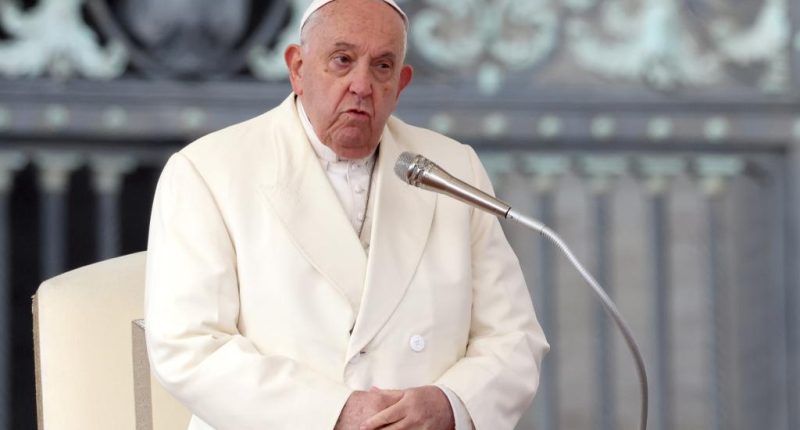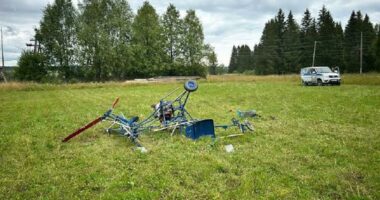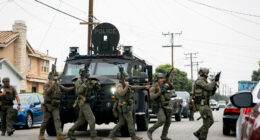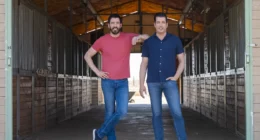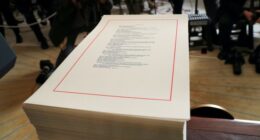Pope Francis’ death will now set in motion the Catholic church’s elaborate and centuries-old procedure for electing a new pontiff.
The Vatican has detailed laws and rituals that come into play in the coming weeks to ensure the transfer of power to the new pope after the old one dies.
From the mourning period to a conclave vote and ballot burning, here is what to expect in replacing the leader of the world’s 1.4 billion Catholics:

Sede vacante: The seat is vacant
The church now enters a period known as “sede vacante” — a Latin phrase that translates to “empty seat” or “vacant seat” — when the Throne of Saint Peter is unoccupied.
Traditionally, this period can last several weeks as Pope Francis’ body lies in state, his funeral is held, and the Vatican prepares for the closed-door meeting to elect his successor.
During this time, the College of Cardinals will temporarily take over and assume limited powers — led by the camerlengo, or chamberlain.
Irish-born Cardinal Kevin Farrell, who is the church’s current camerlengo, will now be in charge of running the administration and finances of the Holy See — otherwise known as the Catholic church’s government.
Cardinal Farrell will also oversee certifying Francis’ death, sealing the papal apartments and preparing for his burial.
Major decision-making in relation to the Vatican will be put on hold.
The Conclave
Under the Vatican’s procedures, a “conclave” — a meeting where cardinals vote on the next pontiff — must start in the 15 to 20 days after Pope Francis’ death.
The meeting will take place in the Sistine Chapel, the famed hall within the Vatican that’s adorned with Michelangelo’s paintings, where cardinals will take an oath of secrecy before sealing the doors.
Once the conclave begins, the cardinals won’t be allowed to leave the Vatican until they have chosen a new pope.
They will sleep in the Casa Santa Marta hotel inside the Vatican grounds and won’t have access to phones, the internet or newspapers.
Only 138 of the 253 cardinals will be able to serve as electors in the conclave — up from a previous limit of 120 — and no cardinals over the age of 80 can participate in voting.
White smoke or black?
The cardinals will hold two daily ballot sessions until one candidate has more than two thirds of the vote.
They cast their secret ballots by saying a prayer and then placing their vote cards in a large gold chalice. The cards have the Latin words phrase “Eligo in Summum Pontificem” — meaning “I choose as Supreme Pontiff” — emblazoned on them.
In the past, huge crowds have swarmed St. Peter’s Square as the voting sessions are held so they can keep watch on the chimney on top of the Sistine Chapel.
If a majority isn’t reached, the ballot cards are put in a stove and burned with an additive that produces black smoke, which signals to the outside world that a pope still hasn’t been chosen.
The sessions will be suspended for a day if a majority isn’t reached within three days. The process then continues again in the same format until a new pope is picked.
We have a pope!
Once a majority vote is finally reached, the secret ballots are then burned with an additive that’ll produce white smoke.
Behind closed doors, the new pope is asked if he accepts the position and what name he wishes to take.
He’ll then sit on a throne inside the chapel as the other cardinals file up one-by-one to swear obedience to the new pontiff.
Soon after, the senior cardinal deacon will come out on the main balcony of St Peter’s Basilica to reveal the identity of church’s next leader.
Pope Francis’ successor will then emerge on the balcony where he’ll deliver his first public greeting and bless the crowds below.
With Post wires
